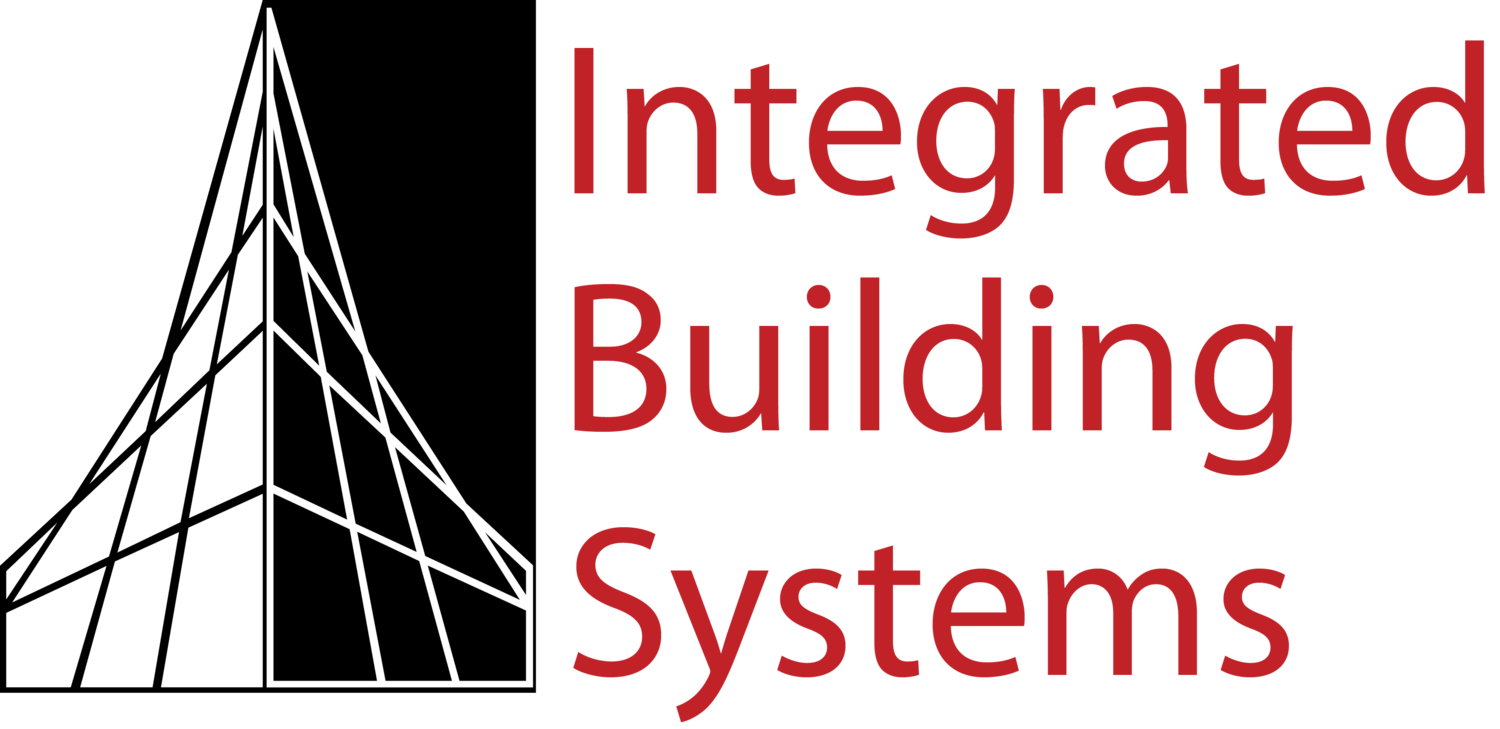Passive Optical Network Solutions
Is it possible to save money, reduce power consumption, and use less space for modern technology systems? Yes, with Passive Optical Networking (PON). This type of technology infrastructure reverses trends toward larger telecommunications rooms, larger cabling pathways, costly equipment updates, and increasing power use. It’s a relatively new style of local area network for commercial organizations, but PON actually started about 25 years ago with fiber-to-the-home services from telephone and cable TV providers.
Key advantages of PON:
Lower upfront capital expenses and ongoing utility costs.
Virtually limitless bandwidth.
Port-level bandwidth and management control.
Much smaller and fewer telecommunications rooms, and smaller pathways.
Total cost of ownership savings of 32%-68% over 5 years.
Green benefits, especially from reduced power consumption.
environments that benefit the most:
New construction or those planning to update cabling and switches.
Those that support multiple systems on the network backbone (e.g., computers, phones, wireless access points, access-control, security, fax machines).
Hospital, campus, university, high-occupancy, or multi-tenant facilities.
savings with pon v. traditional lans:
One-time capital expense savings of 40-60%.
Space savings of 90%.
Annual operating expense savings of 50-75%.
Lower construction costs for cable trays, cable installation, conduit, and pathways.
Lower maintenance costs due to less time required to perform moves-adds-changes.
Total cost of ownership savings of 32%-68% over 5 years.
